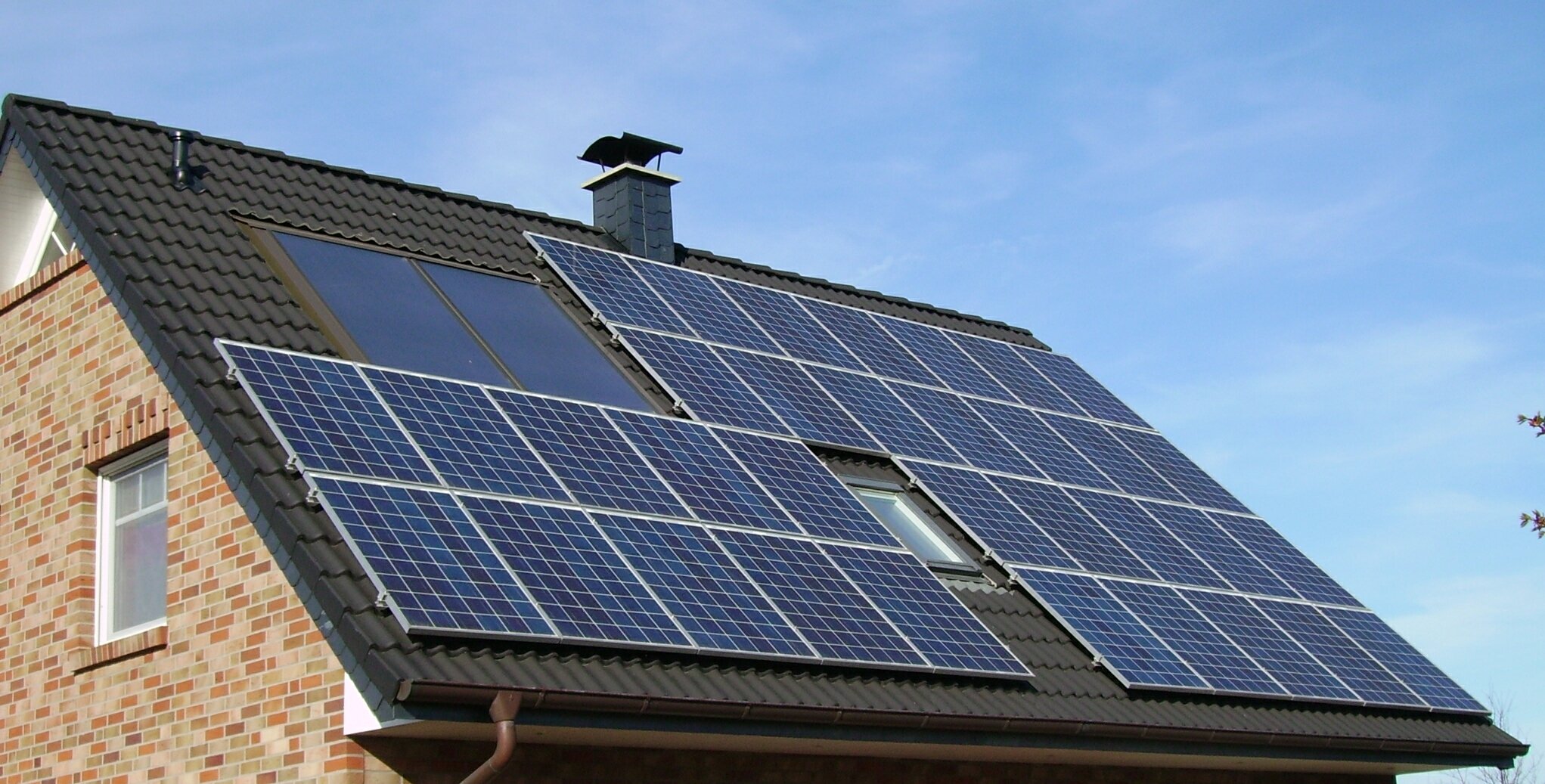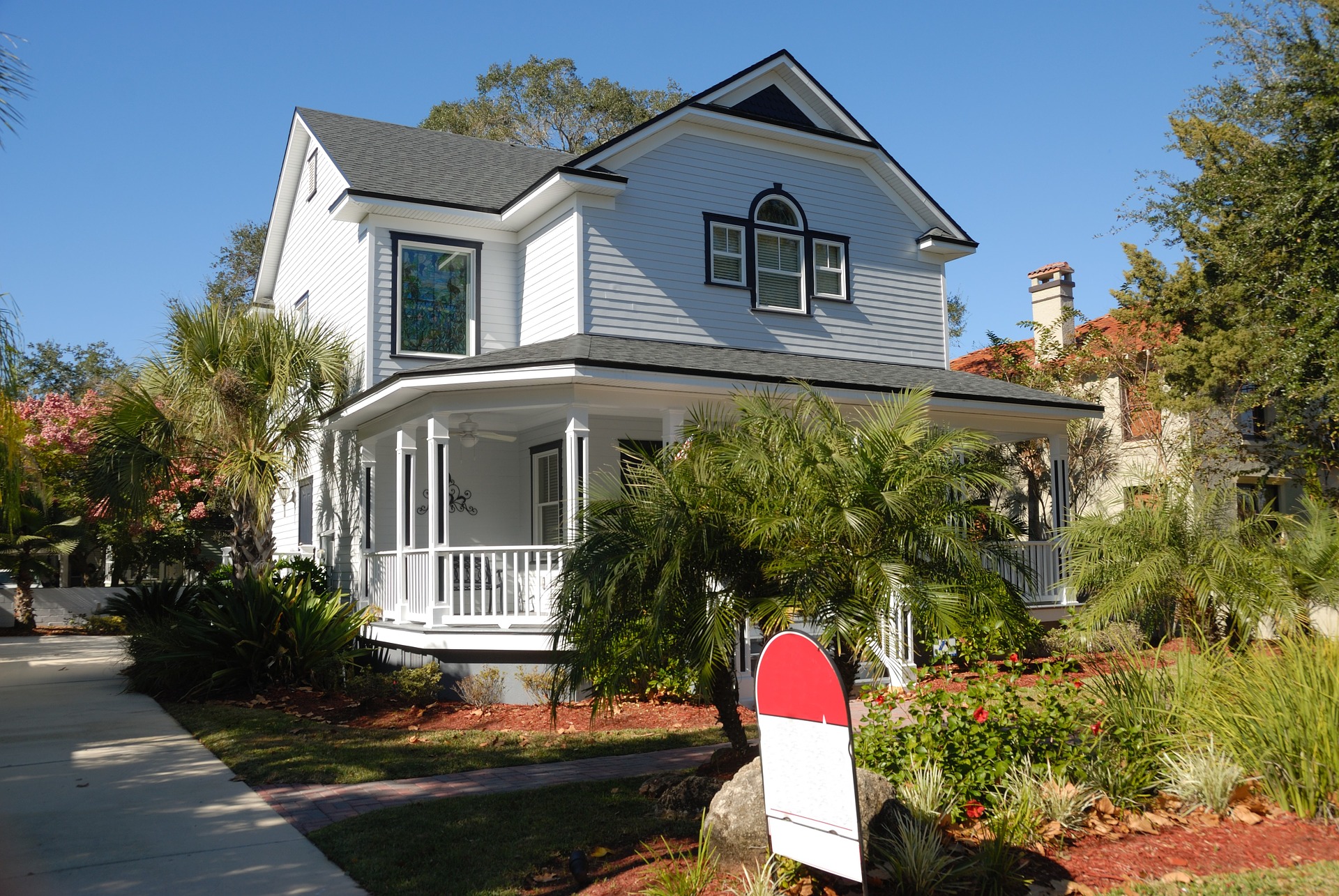Green Going Mainstream: Building Technologies for Residential Homes
Rather than representing a niche market, sustainable and eco-friendly materials and features now account for a significant share of business, according to more than one third of builders surveyed by the National Association of Home Builders in the United States. And by 2022, the number is expected to reach 50 percent of American builders. The same phenomenon is evident across Canada. In fact, the Canada Green Building Council has reinforced its mission to “lead and accelerate the transformation to high-performing, healthy green buildings, homes and communities throughout Canada.”
Commitment to Energy Efficiency
In terms of new home construction, that commitment to efficiency translates to a concern about costs as well, and an emphasis on materials that create and maintain healthy and safe interior environments. In addition, concerns about lot selection and proper siting address such issues as prevailing winds, daylighting, hazards like flooding or landslides, topography and drainage, animal habitats and existing vegetation. In urban areas, public transportation, parking and even the proximity of grocery stores can constitute environmental concerns.
Responsible and forward-thinking homeowners, buyers, architects and builders will embrace the following:
- Proper lot siting;
- Cost-effective design and manageable square footage;
- Energy efficient systems and appliances;
- Water-saving plumbing fixtures, including modern tankless water heaters and rain-harvesting tanks;
- Insulation that meets or exceeds existing standards;
- Low-E, thermal-pane or efficient vinyl windows;
- Reclaimed lumber, recycled glass and plastics, locally-sourced products when possible;
- Natural, renewable materials;
- Eco-friendly and advanced electrical wiring, and eco-friendly lighting fixtures;
- Programmable or automated heating and cooling systems;
- Locally appropriate and well-planned landscaping
Home automation and smart home technology are an important part of many of the most popular home features, and the expectation is that buyers will demand an increasing level of affordable “connectivity” in homes of the future.
Specifically, what do buyers expect?
Lower costs and more control over their home environments drive the desires and the buying habits of Canadian homeowners, according to the latest available research by Mintel. Interestingly, those features have an age component. While there is growing interest from all buyers in making homes more “connected,” older Canadians are more likely to demand incentives to pay for installation of smart home features and home appliances that are controllable either from a home hub or by remote device. As intuitive as this may be, the senior market is the fastest growing home buying segment, and their needs and wants have economic impact.
Relatively few Canadian homeowners currently have devices to track energy or water consumption, or a way to adjust and control that consumption. Only about one in 10 today owns a smart thermostat or appliance, but one third of respondents said they would be interested in buying one; another third noted curiosity about smart lighting technology, and 23 percent expressed interest in water-saving devices.
Two impediments to wider acceptance are the cost of such technology and the possibility that personal information is subject to hacking. Some consumers find smart technology just too complicated. But, as younger “digital natives” reach home-buying age, it is inevitable that the desire for smart-home technology will grow.
Design Leadership
As homeowners and buyers become more comfortable with technology, and as tech costs continue to come down, features that are now cutting edge will become more mainstream. Rooftop solar panels and residential geo-thermal cooling systems certainly fall in that category. As the number of hybrid and fully-electric vehicles increases, dedicated home charging stations are also likely to become more common.
An aging population highlights the need for altered design that addresses low vision needs, mobility concerns and even the need for home health care and multi-generational households.
It’s not only green features that are affecting home design, as important as they may be, but also higher standards for wellness and livability that need to be addressed.
The impact of the built environment, both for homes and commercial buildings, has been acknowledged to have an effect on the health and happiness of inhabitants and will play an even greater role in the future of the planet.
Contributing Author:
Kris Lindahl is a Minnesota native and owner of The Kris Lindahl Team with RE/MAX Results.







Leave a Reply